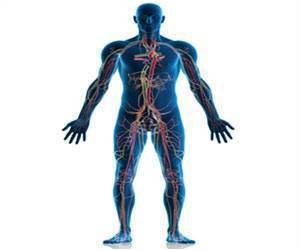
However, the rate of pain relief diminishes and the recurrence rate elevates. This may require a second operation and increase psychological and economic burdens on the patient. However, it remains a challenge to define optimal compression time, guarantee operative success, and reduce the complication rate and X-ray exposure.
Dr. Fuyong Li and co-workers from Shengjing Hospital, China Medical University in China established an animal model of trigeminal neuralgia using percutaneous microballoon compression on the trigeminal ganglion, with the aim of observing changes in the trigeminal ganglion and the demyelination of myelinated nerve fibers under a compression pressure of 1,005 ± 150 mmHg for 2 or 5 minutes. After percutaneous microballoon compression, the large-diameter myelinated nerves displayed axonal swelling, rupture and demyelination under the electron microscope.
Fragmentation of myelin and formation of digestion chambers were more evident after 5 minutes of compression. Image analyzer results showed that the diameter of trigeminal ganglion cells remained unaltered after compression. These experimental findings indicate that a 2-minute period of compression can suppress pain transduction, but long-term compression is ideal for patients with recurrent trigeminal neuralgia. The relevant paper has been published in the Neural Regeneration Research (Vol. 9, No. 2, 2014).
Source-Eurekalert













